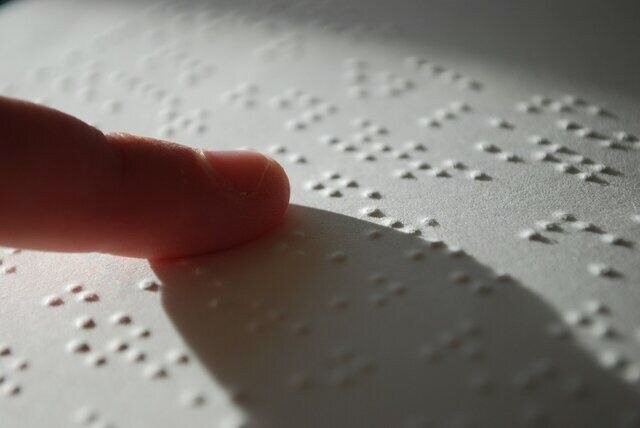World Braille Day highlights equal access to information for all

TEHRAN –World Braille Day is observed annually on January 4 to raise awareness of the importance of Braille as a means of communication in the full realization of the human rights of blind and partially sighted people.
Having been celebrated since 2019, the day also marks the birth of Luis Braille, the inventor of the braille system in France in the 19th century.
Braille is a tactile representation of alphabetic and numerical symbols using six dots to represent each letter and number, and even musical, mathematical, and scientific symbols.
Braille is used by blind and partially sighted people to read the same books and periodicals as those printed in a visual font.
Even under normal circumstances, persons with disabilities—one billion people worldwide— are less likely to access health care, education, employment and to participate in the community.
They are more likely to live in poverty, experience higher rates of violence, neglect and abuse, and are among the most marginalized in any crisis-affected community.
For the visually impaired, life under lockdown posed several issues in terms of independence and isolation, especially for people who rely on the use of touch to communicate their needs and access information. The pandemic revealed how critically important it is to produce essential information in accessible formats, including in Braille and audible formats.
Otherwise, many persons with disabilities could face a higher risk of contamination due to a lack of access of guidelines and precautions to protect and reduce the spreading of a pandemic. COVID-19 also emphasized the need to intensify all activities related to digital accessibility to ensure digital inclusion of all people.
In recent years, Iranian knowledge-based companies have managed to develop different devices to assist blind and partially sighted individuals, ISNA reported.
Utilizing advanced technologies, they have developed products and devices that help the blind in various fields, including education, access to information, mobility, and communication which help improve the quality of their lives.
Digital braille, braille smart phone and tablets, educational software, navigation system, braille printers, and text to speech translation system are among these assistive technologies.
Despite the significant progresses made in the field of assistive technologies for the blind in the country, there are still challenges ahead.
One of the biggest problems is the lack of Braille facilities and books, especially in technical fields. In addition, some of these devices and technologies are costly, so many families cannot afford them.
World Braille Day is not only a reminder of the invention of an effective writing system for the blind but also an opportunity to reflect on human rights and equal access to information for all.
This day reminds us that inequalities in education and access to information still exist and collaborative efforts are needed to address the challenges.
